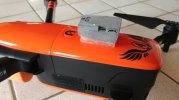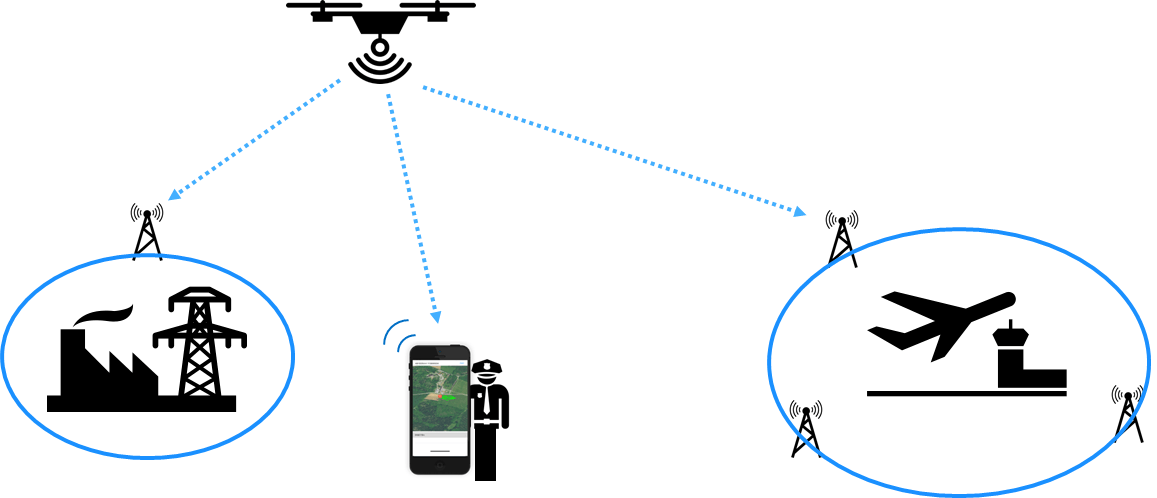We have this system operational since December 29 in Europe and mainly in France where it is now mandatory. You just need to add a box on the drone. This box transmits information (like yours) every three seconds from take-off to landing.
It transmits in 2.4 Ghz Wi-Fi on a channel dedicated to all the beacons which is channel 6, ie 2.437 Ghz.
You have to turn on the beacon, wait for it to capture the sats and then turn on the drone which will look for the free channel to make the connection.
This order of connection is very important to prevent the beacon from disturbing the drone during transmission.
I had to buy a beacon for the Evo and which will also be used for the H520 since with us, they are of the same weight class.
My Mavic 2 Pro did not need a beacon since DJI integrated it into its drones which have the Occusyncrome 2.
The beacon that I have is only 15 grams battery included and is not too disabling.
View attachment 24188





